News
Award Nominee for Best Screenplay: From NYC Streets to Drag Racing Dreams

Award Nominated Screenwriter Larry Allan Henrikson
Meet Lorenzo, a quintessential New Yorker with dreams as big as the city itself. But there’s a twist—Lorenzo’s not quite sure if the hustle and bustle of the Big Apple is where he belongs. Instead, he yearns for the thrill of drag racing and a life filled with the roar of engines and the unwavering support of true friends. Join Lorenzo on his journey as he dares to chase his dreams, fueled by the help of some unlikely allies.
Larry Allan Henrikson may call Connecticut his home, but his heart is where the stories are. Larry has been spinning tales since his college days, and today, he continues to fuel his passion for storytelling. With a treasure trove of ideas waiting to be explored, Larry’s creative engine is revving up.
Imagine waking up from a dream so vivid, it’s practically begging to be turned into a blockbuster screenplay. Larry’s dream led him to the gritty streets of 1980s or 1990s New York City, where he encountered characters as colorful as the city itself.
In the spotlight is Lorenzo, the quintessential New Yorker with a taste for adventure and classic cars, especially those early ’60s Ford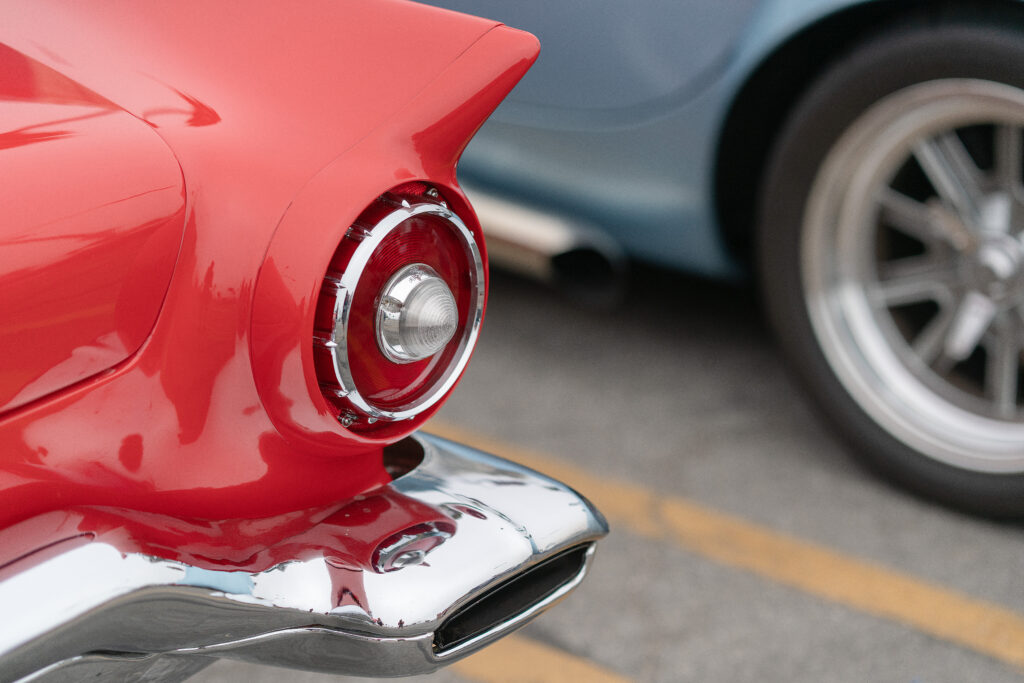 Falcons. Lorenzo’s journey takes him from uncertainty in the city that never sleeps to the exhilarating world of drag racing. Larry’s script, born in 2014, became an homage to personal reflection, a joyful escape, and a celebration of victory and dreams.
Falcons. Lorenzo’s journey takes him from uncertainty in the city that never sleeps to the exhilarating world of drag racing. Larry’s script, born in 2014, became an homage to personal reflection, a joyful escape, and a celebration of victory and dreams.
Lorenzo’s allies? They’re not just friends; they’re the kind of steadfast companions you wish you had in your corner. Larry’s story is an ode to friendship, adventure, and chasing your passions.
Larry’s storytelling prowess is taking him places, including a Best Screenplay nomination at the prestigious Houston Comedy Film Festival. But this is just the beginning of Larry’s journey, and there’s a lot more in store.
Get ready for a thrilling, hilarious, and heartwarming adventure as Lorenzo’s dreams shift into high gear. Larry Henrikson’s storytelling journey is on a trajectory towards greatness, so buckle up and stay tuned for more exciting tales from this rising star.
To be part of Lorenzo’s journey and Larry Henrikson’s storytelling adventures, reach out to him at henriksonal@yahoo.com.
Larry’s script “Sonoran Sunrise” has already earned a coveted spot on Ink & Cinema’s 2022 The Crime List. As Larry Henrikson continues to rise, you’ll want to be part of the excitement.

If you’ve enjoyed this article and found it helpful, please consider supporting us by shopping through our links. Your support helps us keep creating valuable content. And if you’re interested in collaborating with Bolanle Media, don’t be shy! Contact us, and let’s explore exciting opportunities together. We’re always eager to connect with fellow creators and enthusiasts. Keep the creativity flowing!
From the Film Festival Circuit Founder, Mikal Fair:
‘Explore the ‘Film Festival Submitter’s Handbook 2024,’ your ultimate guide to conquering the film festival circuit. Whether you’re a filmmaker or screenwriter, this essential resource provides practical strategies to navigate the competitive landscape of film festivals successfully. From crafting compelling titles, taglines, and synopses to creating impactful directors and writer’s statements, this handbook equips you with the tools to shine in the festival circuit. Learn to develop effective marketing materials, including posters and trailers, and discover the importance of communication and presenting a professional package. With insights tailored to the evolving role of social media and marketing in the film industry, this handbook is your key to festival triumph. Get your copy now and embark on your journey to festival success!
Entertainment
Why Did Dakarai Trash His NBA Letters?
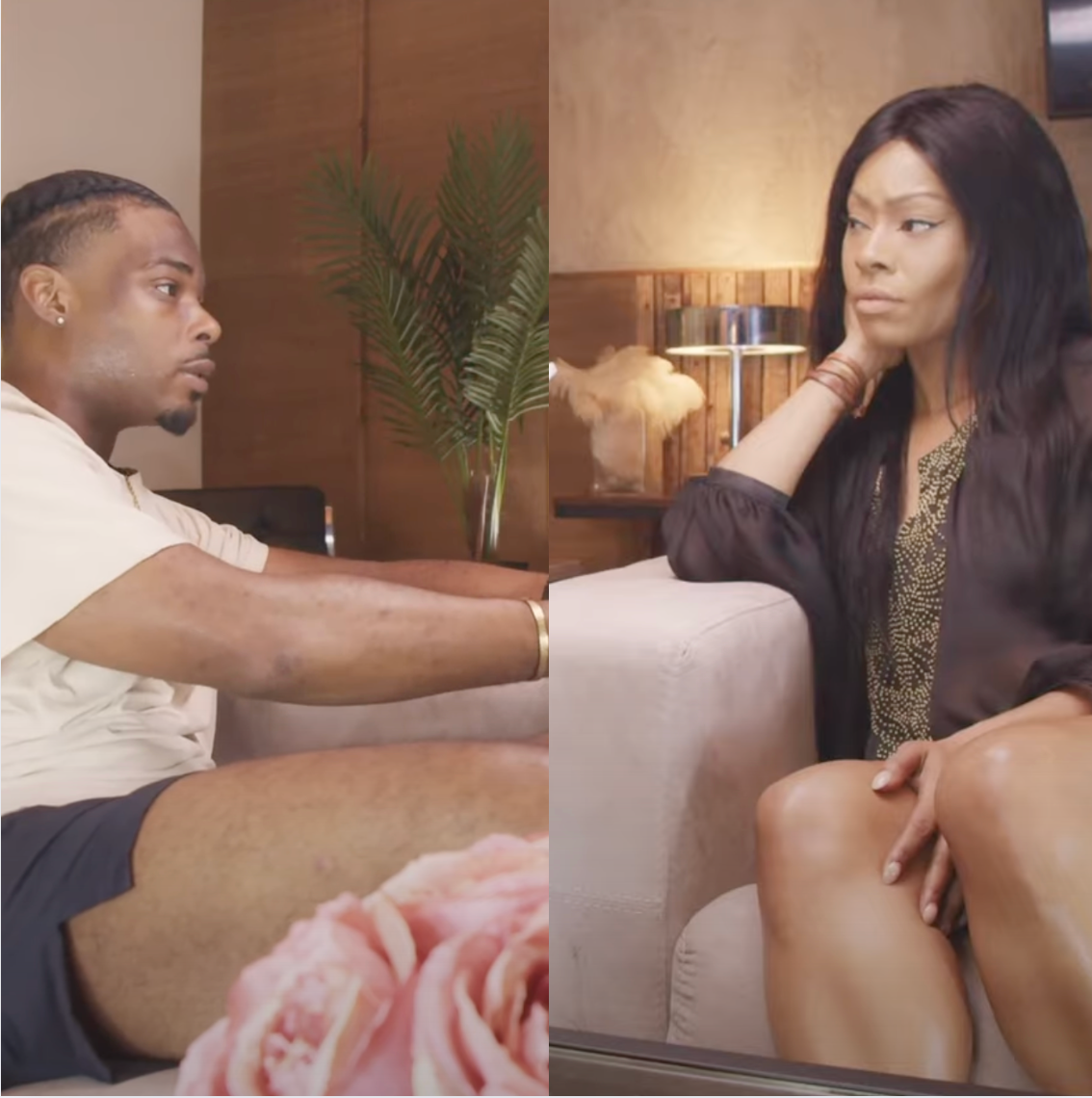
Dakarai Akil’s story isn’t the kind fans expect—it’s the kind that leaves them talking. When he sat down with Roselyn Omaka, he didn’t just recount his journey from hardwood glory to movie magic; he dropped a bombshell on anyone invested in formulas or conventional paths. The all-time leader from Dawson High, the ESPN-featured college athlete, walked away from pro offers without a second glance.
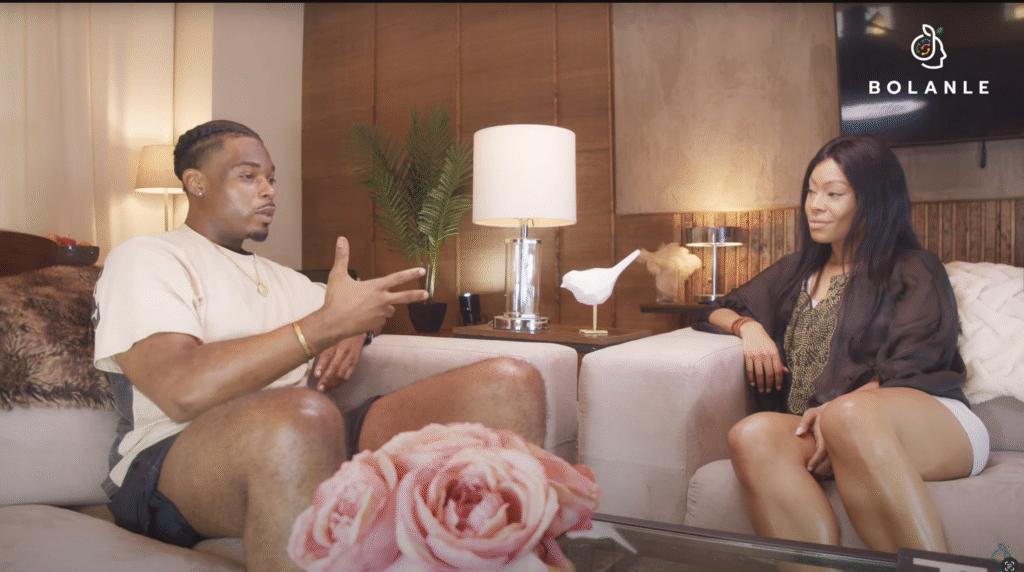
The Unthinkable Choice
What compels someone to take a stack of NBA tryout letters, unopened, and dump them straight into the trash? For Dakarai, that moment wasn’t about giving up—it was about finally listening to the thrill in his gut. He recalled writing his first script in college, expecting to jot down ten pages, and coming back with forty because the inspiration was relentless. That passion, he says, is what lit the fuse on a new destiny, one that felt more alive than a future set by others.
Fresh Starts and Hustle
Making that leap meant plunging into the unknown. As soon as the basketball spotlight faded, Dakarai hustled through the grind: selling DirectTV at Sam’s Club, late shifts at UPS, painting for PPG, and landing at Enterprise—all while picking up skills, humility, and heart. “All the dream chasers had to fund the dream,” he laughs. For months, rejection and doubt circled, but Dakarai refused to let others’ doubts dim his vision. He paid for his first camera with grocery money, set up alone, and pressed ‘Play’ on a brand new life.
Originality Over Carbon Copies
Dakarai’s work is fueled by authenticity and obsessive attention to detail. He’s clear:
“Everyone’s a carbon copy now.”
Instead, he crafts stories that reward viewers who pay attention—layered projects with references and details borrowed from his own journey and the legends he admires. Each film, each role, becomes a challenge to the gen-pop formula flooding content platforms.
Only the Beginning
The conversation with Roselyn peels back many layers—a kid who faced rejection, a young man who lost friends by trading jerseys for scripts, and an artist coming to terms with ghost towns at his first premieres, packed only with strangers. Still, Dakarai calls it “just scratching the surface.” His humility is matched only by his ambition to inspire every underdog who quietly watches, waiting for permission and staying true to his own vision.

Lessons from the Legends
Near the end, Dakarai turns reflective, speaking on the greats—Denzel, Samuel L., Morgan Freeman—who “popped at different times.” He’s learned the power of running one’s own race, never timing out on a dream, and celebrating originality over popularity. “Most people just want to be seen. They don’t want to be great. See, I’m the opposite. I focus on greatness, because everybody wants to see greatness,” he shares. It’s a mindset that stands at the heart of his story, signaling that for Dakarai, this isn’t the finish line—it’s the very beginning.
If Dakarai’s path proves anything, it’s that greatness starts when comfort ends and vision begins. His trash can moment wasn’t a mistake—it was an invitation to chase something real. And for all those watching, he’s making one thing clear: open your own letter, no matter when your time comes. Dakarai’s story is nothing short of cinematic. When he sat down with Roselyn Omaka, he peeled back the layers of a journey that broke every rule—and sparked every creative fire. As Dawson High’s legendary scorer and a college basketball star, most assumed Dakarai’s next stop was the pros. But, shockingly, the stack of NBA tryout letters delivered by his coach never saw the light of day—they hit the trash, unopened. Why? Because Dakarai wanted something no one else could see.
The Moment Everything Changed
College was a crossroads. When a film student asked Dakarai to write a script, he went all in—expecting to deliver ten pages and returning with forty, so inspired he couldn’t stop. He describes that moment as his artistic awakening, the moment filmmaking lit up his whole sense of purpose while basketball—despite all its glory—started losing its spark. That passion meant giving up certainty for a mysterious calling, and even the teammates who’d cheered him on couldn’t understand his leap of faith.
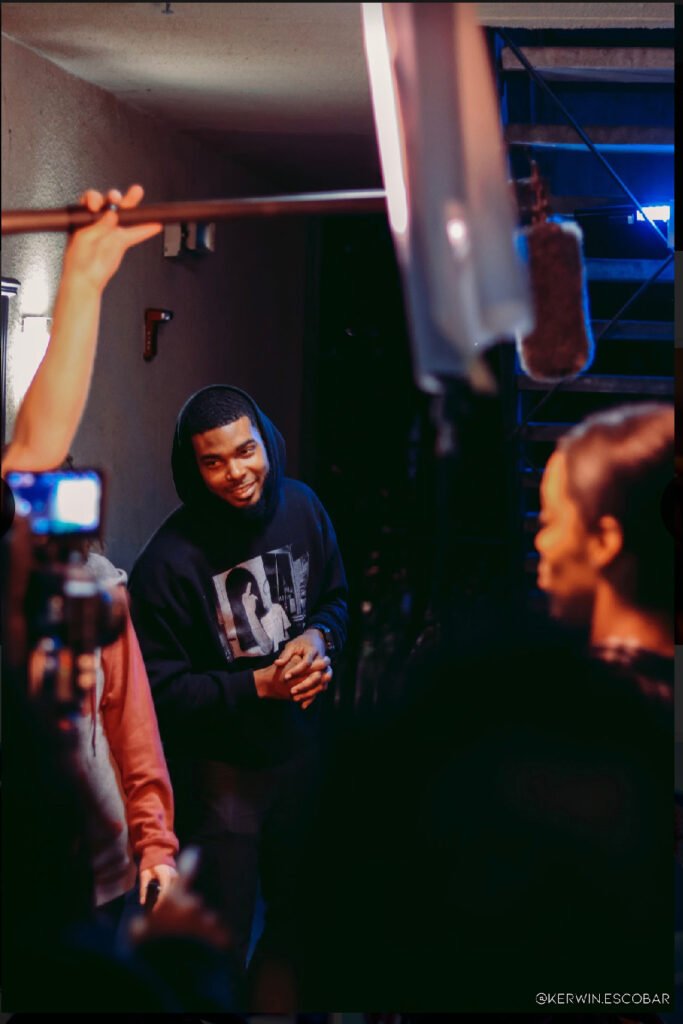
Hustling Through the Unknown
Leaving basketball was just page one. Dakarai scraped together jobs: selling DirectTV in Sam’s Club, working at UPS, painting for PPG, and finally learning business at Enterprise—all while saving up for his first real filmmaking tools. Every empty room, every rejection letter, and every side hustle became fuel for the fire, teaching him not just technical skills but how to rebuild from zero, with nothing but faith and ambition.
Breaking Every Mold
Dakarai’s journey is textured—original films stacked with subtle references, storylines that defy stereotypes, and roles far beyond the typical hood drama. He’s as vulnerable as he is determined, facing doubt from the film club that didn’t accept him, and critics who wanted him to stay in his “box.” Instead, he paid for his first camera with grocery money and shot his first film alone, proving that originality is a superpower in a world obsessed with carbon copies.
Wisdom from the Greats
The highlight of Dakarai’s sit-down with Roselyn is his take on studying legends. “I look at journeys for inspiration,” he says, pointing out how Denzel Washington, Samuel L. Jackson, and Morgan Freeman each broke out on their own timeline. There is no expiration date for greatness—and Dakarai’s story echoes that.
“Most people want to be seen. I focus on greatness, because everybody wants to see greatness,” he shares, making it clear that there’s always a next chapter when you’re willing to be yourself.
If Dakarai’s path proves anything, it’s that the beginning is sometimes disguised as the end. His trash can moment means the real story is yet to come—and for anyone watching, it’s the kind of inspiration that invites us all to leap without looking back. Every legend started as an underdog, and Dakarai’s just warming up.
Advice
How AI Is Forcing Everyone Into the Entrepreneur Game

Remember when having an ordinary job felt safe? Those days are over. The arrival of artificial intelligence isn’t just automating tasks—it’s blowing up the very idea of job security and ushering in an era where adaptability and entrepreneurship aren’t optional, they’re survival skills. Welcome to the new game. Average is automated, and now, everyone needs to think—and act—like an entrepreneur.
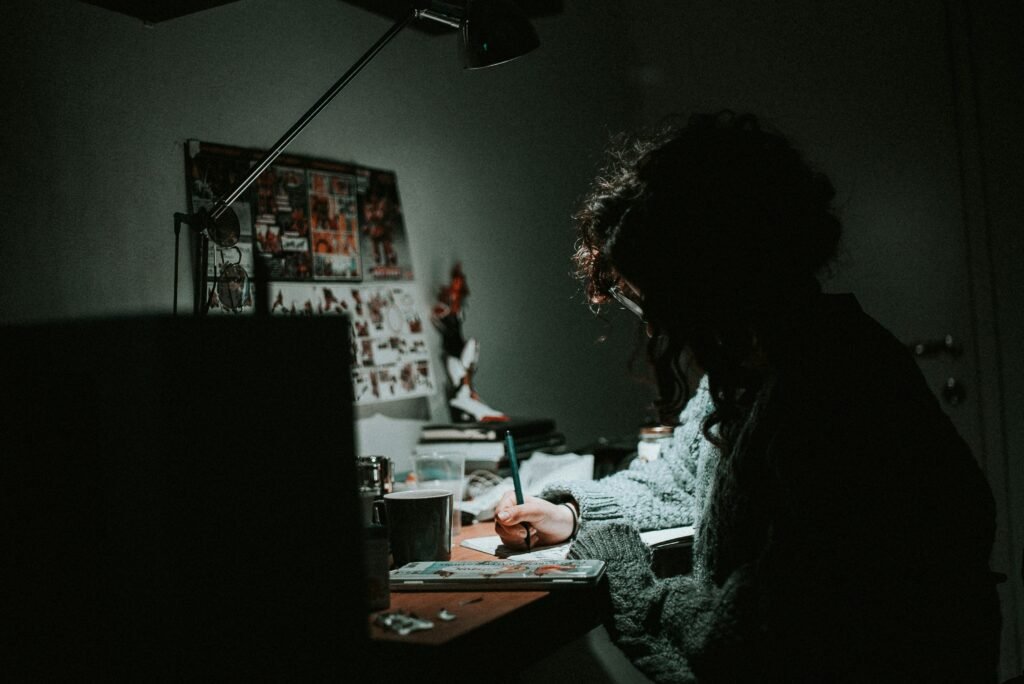
AI Isn’t Coming—It’s Already Here (And It’s Taking Jobs)
It’s not sci-fi anymore. By 2025, AI and automation are expected to displace as many as 85 million jobs worldwide, from customer service roles to entry-level tech positions, with 13.7% of U.S. workers already reporting being replaced by robots or AI-driven systems. Young people are especially hard-hit: tech unemployment among 20- to 30-year-olds has jumped 3% this year alone in AI-exposed roles. And the impact isn’t slowing down. Analysts say up to 60% of jobs in advanced economies could see tasks automated in the near future, with 30% of workers fearing outright replacement.
Why Average Isn’t Enough Anymore
The old industrial world ran on “the bell curve”—reliably rewarding the middle. If you were competent, you were comfortable. But in the digital age, AI is programmed to do average things perfectly and instantly. Now, the top 10%—the specialists, the creators, the difference-makers—snap up 90% of the rewards, while the rest get left behind.

Enter: The Entrepreneur Game
Here’s the twist: being entrepreneurial isn’t just about starting a business. It’s about building a personal brand, mastering a specialty, and continually learning or creating something valuable that AI can’t easily duplicate. Tech isn’t killing opportunity—it’s changing what it looks like.
- 20 million Americans now expect to retrain for new, more creative or tech-forward careers in the next three years.
- The fastest-growing “jobs” are digital and entrepreneurial: creators, consultants, coaches, prompt engineers, content strategists, AI-human collaboration experts, and niche community builders.
- Nearly half of companies that adopted AI are now automating roles, but they’re also creating demand for new skills and products almost overnight—a perfect playground for entrepreneurial thinking.
Survival Guide: How to Play (and Win) the New Game
- Pick Your Niche: Get laser-specific. Being “good at business” is out. Being the best at “helping consultants automate YouTube marketing with AI tools” is in—and global.
- Build Digital Assets: Write, film, code, design, research—create things that can scale, sell, and build your brand, wherever you are.
- Stay Adaptable: Reskill, upskill, and don’t be afraid to jump into new industries. Today’s winners are the ones who can pivot quickly and ride the next wave, not cling to what worked last year.
- Own Your Audience: Whether it’s a newsletter following, a YouTube channel, or a private Slack group, your future depends on connecting with people who value what you do—AI can’t compete with real, human influence.

Bottom Line
AI didn’t just move the goalposts—it changed the field. Being “average” is now a risk, not a guarantee. The winners in this new economy aren’t waiting for work to come to them—they’re proactively creating, collaborating, and cashing in on the skills, products, and experiences AI can’t touch. The entrepreneur game isn’t just for founders anymore. Ready or not, it’s for everyone.
Health
Russia Claims 100% Success With New mRNA Cancer Vaccine

A Medical Milestone—And Many Questions
Russia’s medical community is generating global buzz after announcing that its new mRNA-based cancer vaccine, Enteromix, has shown 100% efficacy and safety during recent clinical trials. Scientists from the National Medical Research Radiological Center, working in partnership with top molecular biology institutes, report that all 48 trial participants experienced significant tumor shrinkage without serious side effects.

How Does Enteromix Work?
Unlike preventative vaccines, Enteromix is a therapeutic cancer vaccine. It combines personalized mRNA technology—tailored to each patient’s tumor mutation profile—with four harmless oncolytic viruses that attack the tumor directly and activate the immune system. This dual mechanism means that the vaccine not only fights cancer immediately but also trains the immune system to respond to future growths. Researchers are optimistic the approach could transform treatment for colorectal cancer first, with plans to expand it to aggressive cancers such as melanoma.
Global Impact and Expert Caution
Russian officials highlighted the vaccine’s free public access and its potential as a source of national pride and scientific achievement. However, international experts urge caution, noting that peer-reviewed data are not yet available, and independent validation is needed before the results can be confirmed. Many details—such as which specific cancers were studied, long-term safety, and broader effectiveness—have yet to be addressed. The complexity of human cancer makes large-scale applicability difficult to predict.

What Happens Next?
While Enteromix is awaiting regulatory approval and further scrutiny from the medical community, Russia’s claims represent an ambitious step forward in the global fight against cancer. If future studies corroborate these early results, the vaccine could mark a profound shift toward personalized, less toxic cancer therapies—putting advanced innovation and public health within closer reach for patients worldwide.

 Business7 days ago
Business7 days agoDisney Loses $3.87 Billion as Subscription Cancellations Surge After Kimmel Suspension

 Entertainment4 weeks ago
Entertainment4 weeks agoCardi B Faces Ongoing Civil Assault Trial in Beverly Hills Security Guard Lawsuit

 News3 weeks ago
News3 weeks agoWave of Threats Forces HBCUs Nationwide Into Lockdown and Cancellations

 News3 weeks ago
News3 weeks agoCharlie Kirk assassination was a ‘professional hit,’ says ex-FBI agent

 Politics3 weeks ago
Politics3 weeks agoProminent Conservative Activist Charlie Kirk Shot During Utah University Event

 Entertainment3 weeks ago
Entertainment3 weeks agoActor Derek Dixon Accuses Tyler Perry of Sexual Harassment in $260 Million Lawsuit

 Film Industry3 weeks ago
Film Industry3 weeks agoThe Harsh Truth About Filmmaking That Nobody Tells You

 Entertainment7 days ago
Entertainment7 days agoWhat the Deletion Frenzy Reveals in the David and Celeste Tragedy






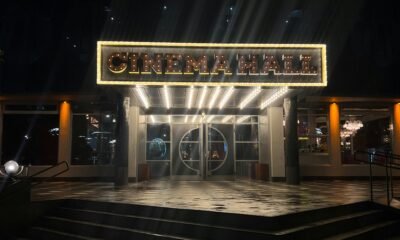

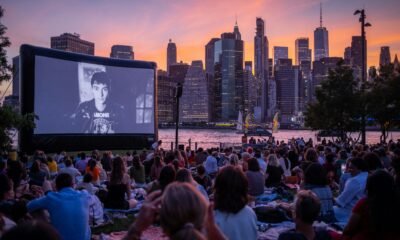

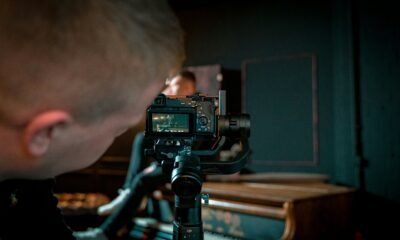






























Pingback: Larry Allan Henrikson Wins for 'The Guy from New York | Bolanle Media